How to Save Money On Soil by Starting A Compost
5 Quick and Easy Steps to Save Money by Starting a Compost
Save money on soil by starting a compost of your own. If you are a little reluctant, we can assure you that it is worth your time and effort. Although, it may seem like it requires a lot of work and time, it doesn’t. And the work to start a compost is done as you go along. The initial work up front is to build a fenced in compost. Once that is in place, you simply add you compost materials in as you work in your garden. Best of all? You will save big money on soil for your garden, lawn, and container gardens. The time to start composting is today!
TOPSOIL COST VS. STARTING A COMPOST
If you’ve priced the cost of topsoil or soil amendments, you’ll quickly realize that a compost will save you quite a bit of money. This is especially true the larger your yard or garden is. The topsoil or loam typically costs between $25 to $30 per yard. If you purchase 3 or 4 yards of topsoil or loam the cost is around $75 to $120 for the soil. Plus a delivery fee for the soil order which can be $45 or more. That is at least $120 (about $75 for three yards of soil at $25 per yard and $45 delivery fee) for soil!
Start saving money by simply starting with a small compost pile. Collect your compostable items in either a tidy heap or a small fenced in bin. And the best for a compost is near a water source. Add food waste from your kitchen such as apple peels, egg shells, and coffee grinds that you would normally throw in your trash. And of course, add yard waste such as grass clippings, leaves, or old flowers to the compost pile. This is yard waste that you might normally throw in your trash can. Food waste and yard waste to some people are unwanted disposable trash items. Yet perfect for the gardener’s compost pile!
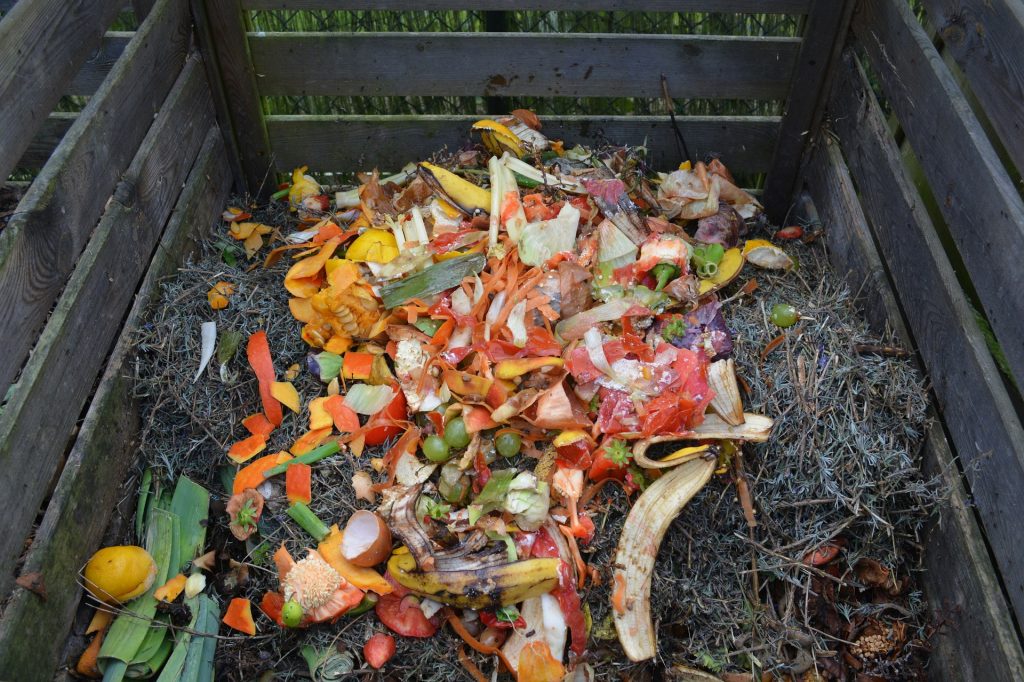
By composting your food waste and yard waste you create great compost soil. Saving money on soil is just an extra! Another great reason for starting your own compost? You control what you include in the compost pile. You alone know the true contents of the composted material and how it was prepared. No more guessing as to whether it is organic or not.
-
Choose the Right Materials
A compost pile requires 4 components to decompose. It needs kitchen scraps for nitrogen. Yard waste adds carbon to the mix. Oxygen is the air around the compost. And lastly but just as important is rainwater or water from a nearby source.
This list are some of the many items to add to the compost pile:
From the kitchen, include:
fruit scraps
vegetable scraps
egg shells
peanut shells
nut shells
coffee grinds
tea bags without staples
apple cores
citrus rinds
From the garden and yard, include:
stalks
stems
vines
bark
garden clippings
leaves
grass clippings
shredded newspapers
wood ashes in limited amounts
manure from horse, cow, chicken, and rabbits
Do not include these items in the compost pile:
meats or fats
fish
poultry
bones
dairy products
plastics or synthetic fibers
diseased plants
vegetable oils
dog feces
cat feces
weeds with seeds
invasive weeds
2. Select and Prepare a Site
The ideal site would be exposed to both sun and shade during the day. Access to nearby water helps with the decomposition process. A compost pile can be either non-enclosed or an enclosed compost. A non-enclosed compost is informal where the material is piled up in a fairly dense heap. It is open and exposed.
An enclosed compost structure can be built by anyone using these materials. Salvaged lumber, chicken or fencing wire, cinder blocks, or old pallets to create an enclosed area for the pile. Likewise, the gardener can purchase a compost bin from a garden store or home improvement store to assemble at home.
3. Prepare compost materials and start the compost pile
Although not necessary, organic materials can be cut or shredded into smaller pieces to facilitate and speed decomposition of the materials. At the base of the bin or compost site, place a layer of coarse material such as wood chips or small twigs to elevate the organic materials. Elevating the compost enables excess water to drain and oxygen to penetrate the pile. Next, add alternating layers of “green” and “brown” organic materials to the pile. Alternate the materials to balancing between carbon and nitrogen materials. Water your compost pile as well as mix the materials after every 2 layers.
When you add fruit or vegetable scraps, the nitrogen source be sure to bury them in the center of the pile. And occasionally add a shovel full of garden soil to the compost mix.
BROWN MATERIALS TO START A COMPOST
Brown materials that are high in carbon are cardboard, cardboard egg cartons, dry wood materials, and dried grass. Also include dead leaves, newspaper, packing paper, paper, and paper towels. As well as sawdust, straw or untreated wood chips.
GREEN ORGANIC MATERIALS TO START A COMPOST
Green materials that are high in nitrogen are fresh and moist materials, apple cores, citrus rinds, coffee grinds & filters, egg or peanut shells, fruit scraps, garden waste, grass clippings, manure from cows, horses, chicken, or rabbits, tea bags without the staples, and vegetable scraps.
COMPOST PILE TO START A COMPOST
The ideal size of the compost pile should be 3’ high by 3’ wide by 3’ long.
After you start your compost pile, maintaining the pile means:
Keeping the pile moist but not wet. Giving the pile air by turning it with a pitchfork or hoe. Observing the pile which may generate heat during the decomposition process.
Generally, the use of smaller organic material added to the compost pile and the more frequent rotation of the moist pile facilities and speeds the decomposition process. This will also prevent any odors being emitted from the pile as well as deter pests from entering the compost pile.
Heat is a by-product of composting and indicator that microorganisms are working to break down materials. As decomposition occurs, the pile material volume shrinks.
4. Test if compost is ready
Decomposition can occur anytime between 2 weeks to 2 years based on three factors. The organic and other materials used, size of the pile and the frequency of aerating the pile. A compost pile is ready for use when the material is cooled. It becomes a rich brown color. And lastly, the decomposed material is similar to small soil-like particles. It is airy and absorbs the right amount of water.
5. Compost Uses
Mix compost in existing garden beds a month before planting. Add 1 to 3 inches of compost and work into the top 4 inches of soil.
Prepare your own potting soil by mixing equal parts of compost, sand, and good quality loam.
Add compost to grass lawns. Apply about ¼ inch of compost to the surface lawn.
Make compost tea from compost by soaking the compost in a pail of water. Soak compost for 3 to 4 days then water plants, shrubs, or trees for an immediate boost.
COMMON COMPOST PROBLEMS
When troubleshooting issues with the compost pile keep the following in mind:
A compost with a foul odor could mean that the pile has too little air or the pile is too wet. Turn the pile thoroughly to aerate and to eliminate the odor. The pile should be turned regularly to facilitate the decomposition.
A compost pile with a center that is dry lacks enough moisture. Add water from a nearby source to the compost pile. After adding water, turn the compost pile thoroughly to aerate. Turn pile regularly to help the decomposition.
When a compost pile is damp and warm in the middle while the remainder of the compost pile is dry then the pile is too small. Add more organic material to the existing compost pile and mix new organic material with the older material in the compost pile. Mix the pile thoroughly.
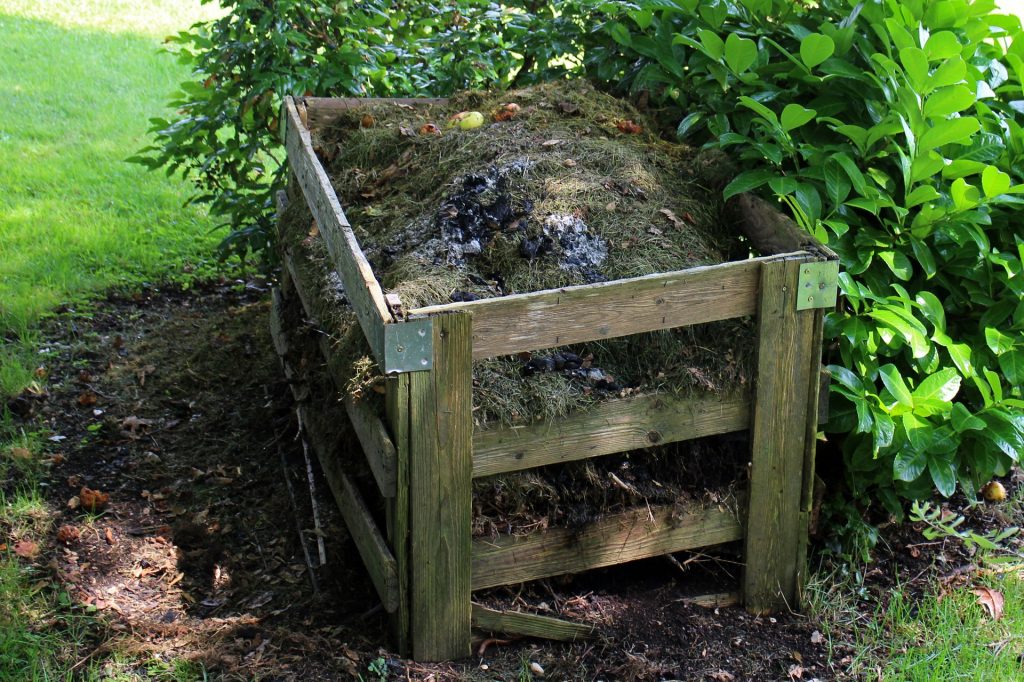
Composting both food waste and yard waste, you save money on topsoil, potting soil, and even soil amendments. Composting simply costs time and some effort. After all, you are merely transferring select items from your trash or waste to an outdoor bin. Easy and cheap! Save money while helping the environment as you recycle food waste along with yard waste. While in your backyard.
Interested in gardening? If you found this helpful . . .
You May Also Enjoy some of our other gardening soil related posts.
How to Make a Fertile Garden with Soil Amendments
12 Incredible Soil Conditioners: Improve Garden Soil Structure
30 Money Saving Garden Tips for the Frugal Garden
Let us know what you think. If you have any questions feel free to reach out to us in the comments below. We are always ready to help you out.
Mary

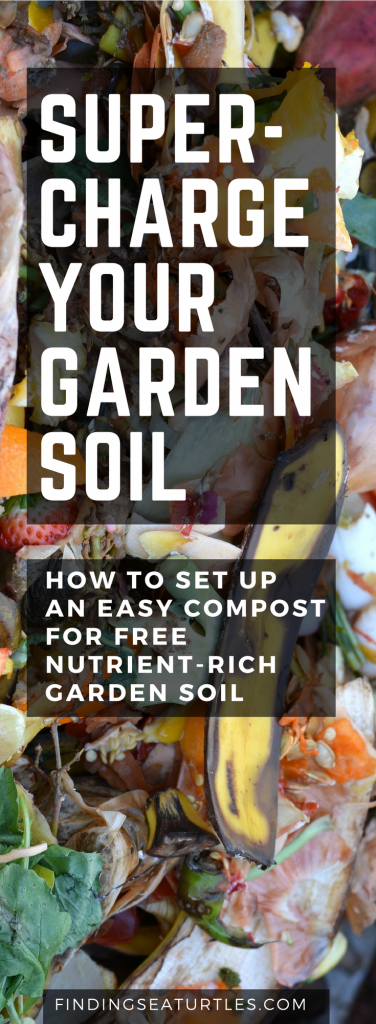

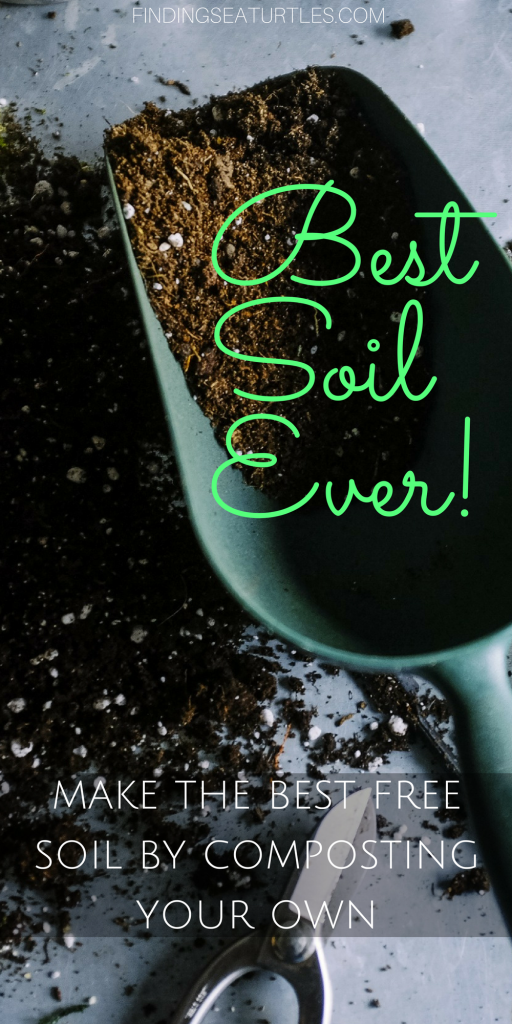
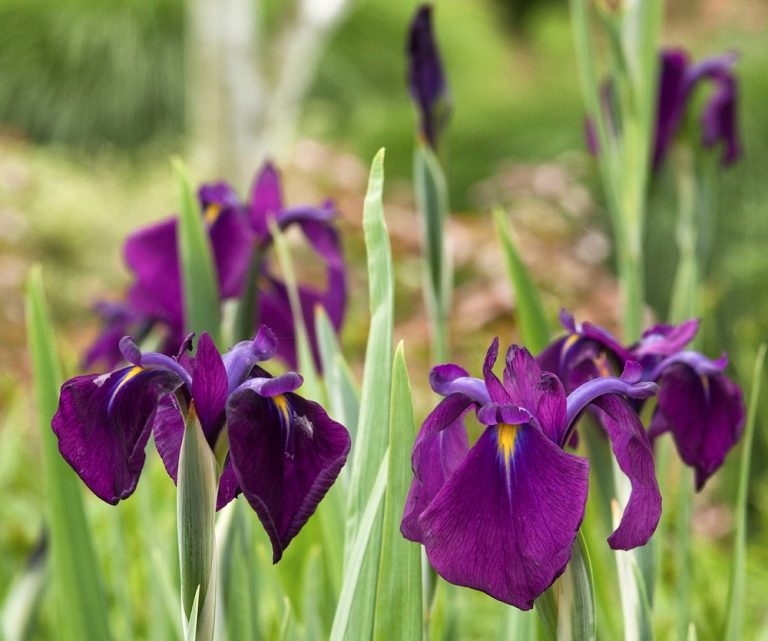

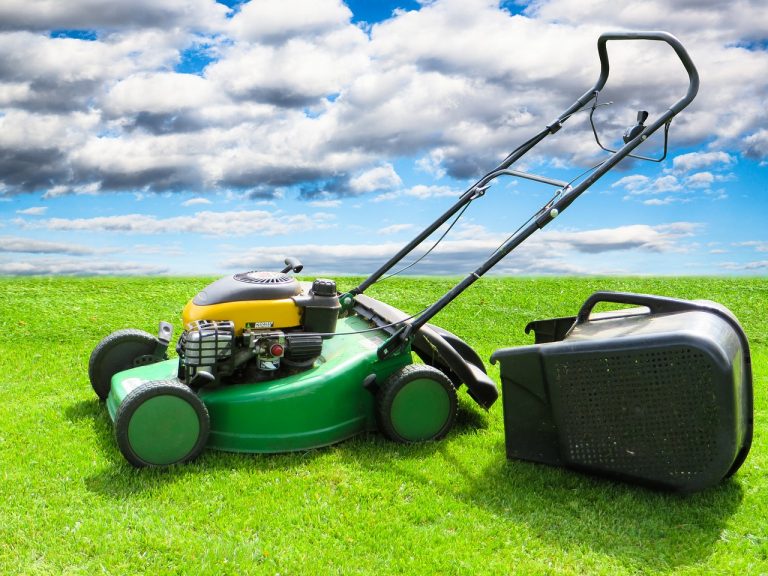


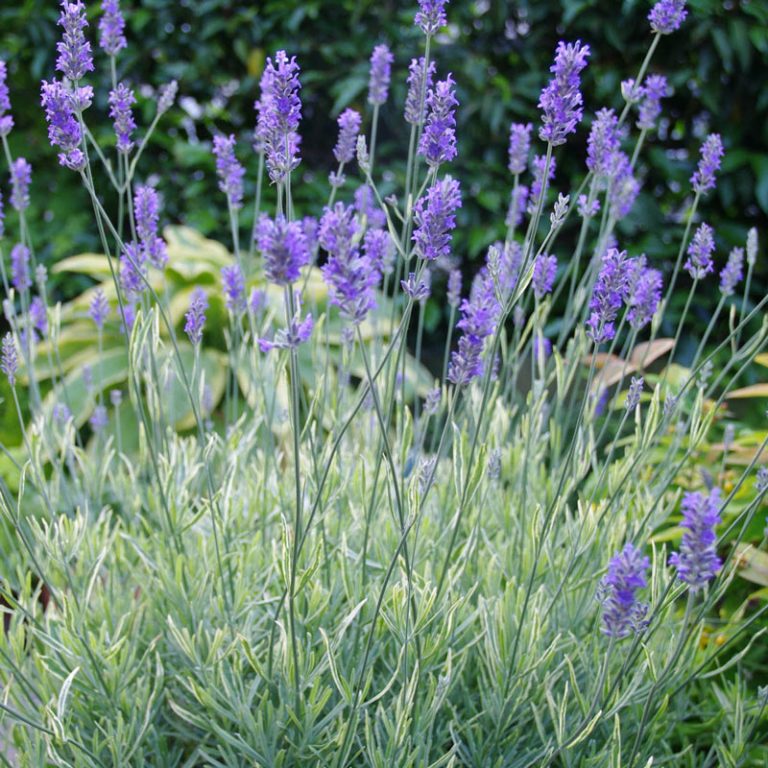
Wow I did not know most of this so thank you for sharing!
Thanks for the feedback and appreciate you reading our blog! Mary@FindingSeaTurtles